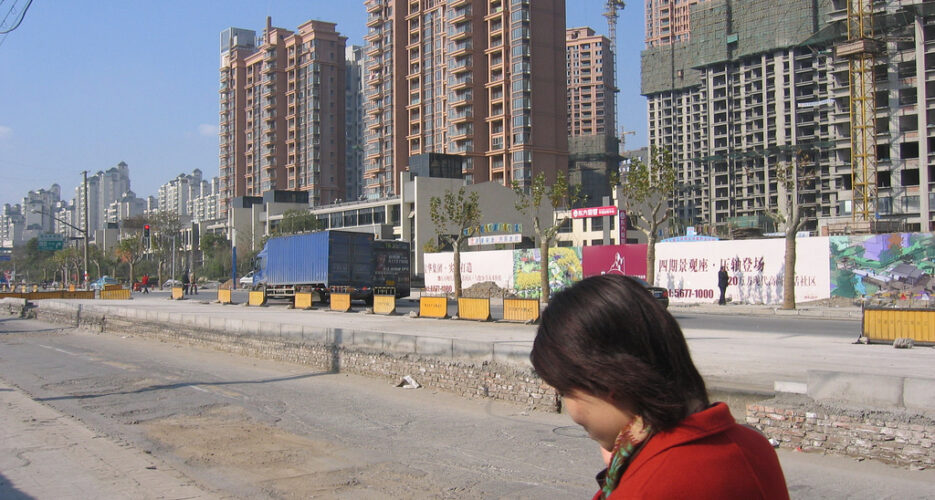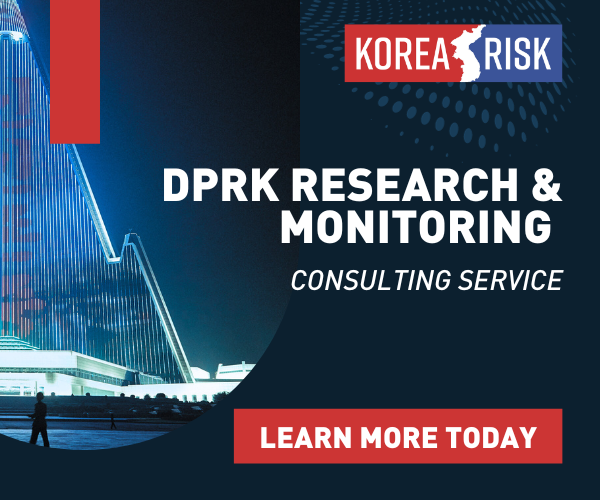North Korea is routinely described as a “starving Stalinist economy,” but this oft-repeated cliché is both outdated and misleading. To start with, North Korea has a large private sector, which is now believed to be responsible for a large share of the country’s small GDP – between 25 percent and 40 percent, depending on whose estimates you believe. Second, it is not starving: The last decade was a time of modest but noticeable economic growth. The pessimists in the Bank of (South) Korea estimate the annual growth at paltry 1.3-1.5 percent while optimists (largely in the embassies located in Pyongyang) put the figure higher, believing it to be close to 3 or even 4 percent.
At any rate, North Korean economy is growing, both in the privileged capital and in the countryside. Changes are visible: People are better dressed, there are more vehicles on the street (and even traffic jams occur sometimes), and a minor restaurant boom is unrolling in Pyongyang while computers – cheap Chinese models, often bought second-hand – are seen as something even teenagers of the mildly affluent families can and should afford.
North Korea is routinely described as a “starving Stalinist economy,” but this oft-repeated cliché is both outdated and misleading. To start with, North Korea has a large private sector, which is now believed to be responsible for a large share of the country’s small GDP – between 25 percent and 40 percent, depending on whose estimates you believe. Second, it is not starving: The last decade was a time of modest but noticeable economic growth. The pessimists in the Bank of (South) Korea estimate the annual growth at paltry 1.3-1.5 percent while optimists (largely in the embassies located in Pyongyang) put the figure higher, believing it to be close to 3 or even 4 percent.
At any rate, North Korean economy is growing, both in the privileged capital and in the countryside. Changes are visible: People are better dressed, there are more vehicles on the street (and even traffic jams occur sometimes), and a minor restaurant boom is unrolling in Pyongyang while computers – cheap Chinese models, often bought second-hand – are seen as something even teenagers of the mildly affluent families can and should afford.
Become a member for less
than $5.75 per week.
Unlimited access to all of NK News: reporting, investigations, analysis
The NK News Daily Update, an email newsletter to keep you in the loop
Searchable archive of all content, photo galleries, special columns
Contact NK News reporters with tips or requests for reporting
Get unlimited access to all NK News content, including original reporting, investigations, and analyses by our team of DPRK experts.
Subscribe now
All major cards accepted. No commitments – you can cancel any time.












